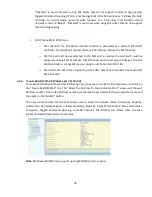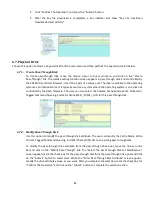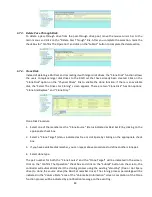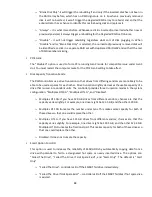
78
“Disabled” is used only when using SAS drives that do not support command tag queuing.
Tagged Command Queuing (TCQ) is a technology built into SAS hard drives. It allows the RAID
controller to send multiple read and write requests to a hard drive. This function should
normally remain “Enabled”. “Disabled” is used only when using SAS drives that do not support
command tag queuing.
•
SCSI Channel/SCSI ID/SCSI Lun
o
SCSI Channel: The SAS RAID controller function is simulated as a external SCSI RAID
controller. The host bus is represented as a SCSI channel. Choose the SCSI Channel.
o
SCSI ID: Each SCSI device attached to the SCSI card, as well as the card itself, must be
assigned a unique SCSI ID number. A SCSI channel can connect up to 15 devices. The SAS
RAID controller is a large SCSI device. Assign an ID from a list of SCSI IDs.
o
SCSI LUN: Each SCSI ID can support up to 8 LUNs. Most SAS controllers treat each LUN
like a SAS disk.
6.6.2.
Create Raid30/50/60 (Volume Set 30/50/60)
To create 30/50/60 volume set from RAID set group, move the cursor bar to the main menu and click on
the “Create Raid30/50/60” link. The “Select The Raid Set To Create Volume On It” screen will show all
RAID set number. Tick on the RAID set numbers (same disk No per RAID set) that you want to create and
then click on the “Submit” button.
The new create volume set attribute allows user to select the Volume Name, Raid Level, Capacity,
Greater Two TB Volume Support, Initialization Mode, Strip Size, Cache Mode, Write Protect, Full Volume
Encryption, Tagged Command Queuing, and SCSI Channel/ SCSI ID/SCSI Lun. Please refer to above
section for details description of each item.
Note
: RAID level 30/50/60 can support up to eight RAID sets (four pairs).
Summary of Contents for ES208X12HP
Page 1: ......
















































